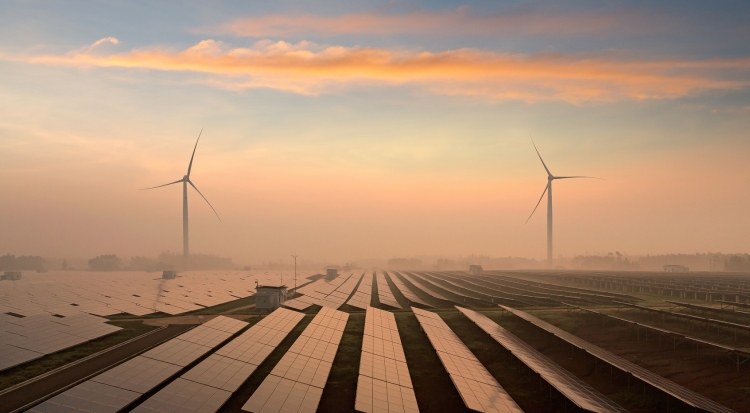
‘Support measures do not incentivise energy storage,’ says REA. Image: Getty.
“Current energy support systems are centred around power generation. If you are a power generation company on these support mechanisms, why would you think about doing energy storage?” said Mark Sommerfield, director of policy at REA at the UK Solar Summit today (15 September).
The current energy support mechanisms - such as the Contracts for Difference (CfD) scheme - are designed to support energy generation, and therefore do little to incentivise the retrofitting of battery storage and co-location, a major stumbling block for the market.
“The support mechanisms are centrered around power generation, they are not rewarding your ability to store that generation for later,” said Sommerfield, but added that “Ofgem and the Government are both working to address the issues surrounding co-location of storage in the CfD.”
The CfD scheme was also a topic of discussion, with Solar Media's head of market research Finlay Colville declaring on the first day the summit that NSIPs and CfD's have "changed everything." For the first time earlier this year, LCCC announced that it will be possible to include co-located storage within CfD contract, following feedback from the industry that it was holding back the development of co-located battery energy storage.
But more measures must still be introduced to incentivise the development of battery energy storage, and specificaly the co-location of storage and energy generation.
“2030 will require 30GW of low carbon flexible assets with 13GW needing to come from storage. By 2050 60GW of total flexible capacity will be required with 15GW coming from both DSR and storage,” Sommerfeld said.
Battery energy storage technologies are recognised as a crucial component for the energy transition with the technology the perfect complement to variable energy sources. It also provides a means to supply captured renewable energy when the grid demand is high.
“Co-location offers additionally revenue streams for existing generation from flexibility and balancing markets. Investment opportunities can also be found following low subsidy support,” said Sommerfield.
